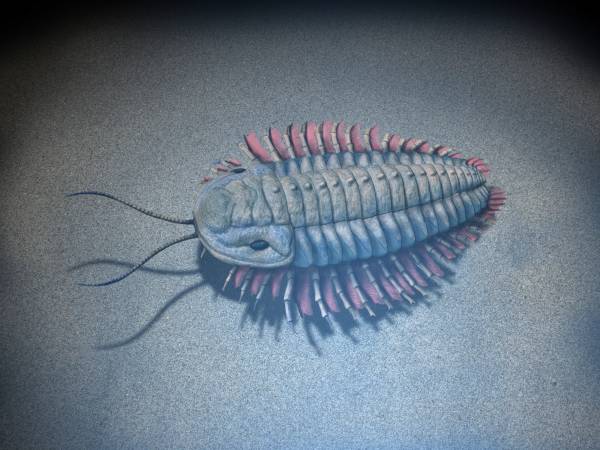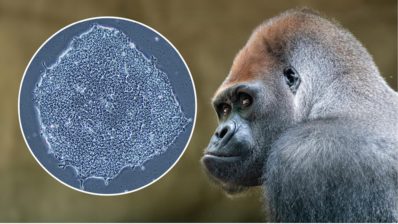Our planet has not always been the same. In fact, it has changed a lot throughout its history, from the first stages completely devoid of life through the broad diversity of landscapes and organisms that we know today, including those we never knew, and never will.
The history of life on Earth is hopelessly tied to the history of the planet itself, and both have become one single, unbreakable thing. Changes in the planet’s conditions have shaped the rise and fall of biodiversity over geologic time. Mass extinction events are a good example of this: global warming from volcanic gas release leading to the Permian extinction, or the impact of a large asteroid causing the extinction of non-avian dinosaurs and changing the course of mammal evolution.

Changes in the planet’s conditions have shaped the rise and fall of biodiversity over geologic time
Geologic processes drive evolutionary history
But extinction is only a part of it. Environmental changes have also been responsible for the creation of new communities of organisms.
Plate tectonics, for example, has been responsible for the movement of entire faunas from one continent to another, as occurred during the Great American Biotic Interchange, when the connection between North and South America through the Isthmus of Panama enabled the dispersal of large mammals, among others.
Mountain orogeny has a key role in shaping vertebrate diversity by generating ecological gradients and habitat heterogeneity. The emergence of physiographical barriers can even promote the origin of new species by separating populations. In this case, one population can get split into two at both sides of the barrier, and each of these new populations will be exposed to different environments, isolated from each other. From that moment on, both populations change independently and often end up being different species if the time and the changes accumulated are enough, precluding reproduction between them even if they ever get together again. This typically occurs after the formation of mountains or the fragmentation of landmasses.
The emergence of physiographical barriers can even promote the origin of new species by separating populations.
A new study by researchers at IBE: reptiles from Afro-Arabia
Geological processes, thus, have left an imprint on evolutionary history. This has been recently investigated in a paper led by our group at the Institute for Evolutionary Biology (IBE: CSIC-UPF). In it, we studied the split between Africa and the Arabian Peninsula and its impact on reptile evolution during the last 40 million years. We reconstructed the biogeographic history of lizards and snakes, identifying the number of lineage dispersals and splits between Africa and Arabia through time. We found that the number of such splits was much higher than expected during the time of the landmass fragmentation, concluding that this event, which ultimately led to the onset of the Red Sea and the division of ancestral lineages, was one of the main factors affecting the evolution of reptile faunas in the region.
Looking at the past to build the future
Today, we are living in a period of accelerating global change, which is affecting the planet and its biodiversity. Studying the past can give us a glimpse into how environmental changes will impact our future and might be critical to face the challenges imposed by this ever-growing threat.
H. Tejero-Cicuéndez, et. al. Reconstructing Squamate Biogeography in Afro-Arabia Reveals the Influence of a Complex and Dynamic Geologic Past; Systematic Biology, syab025, https://doi.org/10.1093/sysbio/syab025







